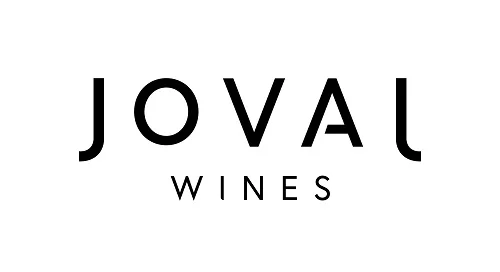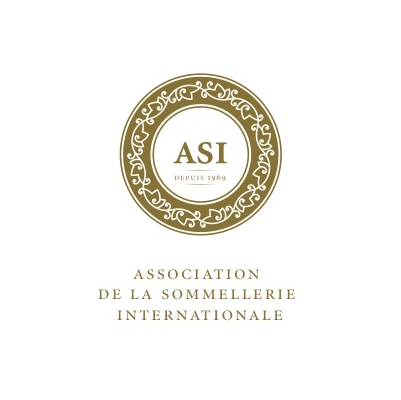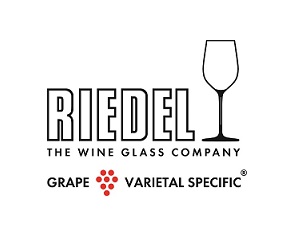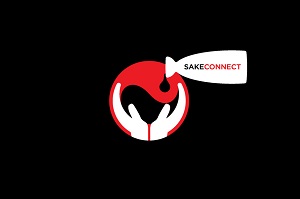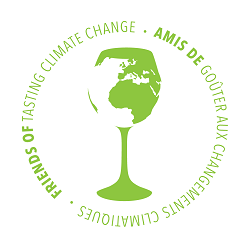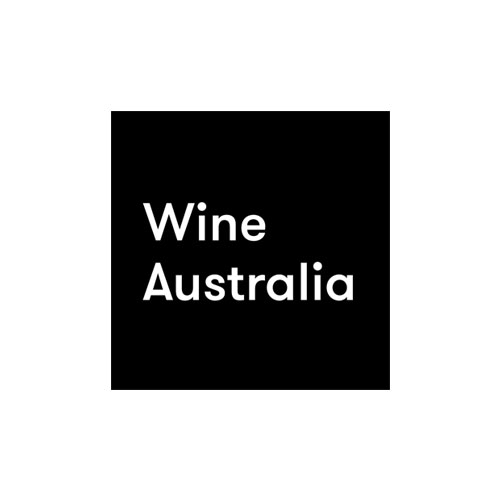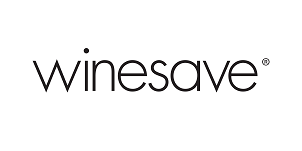Australian & New Zealand Grapegrower & Winemaker journalist Eleanor Danenberg recently got in touch with Sommeliers Australia members from across the country, seeking insights on what’s hot in restaurants right now. She also took the opportunity to ask for their advice on what wineries can do to best present their products to on-market outlets and increase their chances of landing a restaurant wine listing.
Anthony Pieri
Head Sommelier, Apples + Pears Entertainment Group (VIC)
What’s hot?
Champagne is on an upward trajectory both on and off premise in Australia, and the momentum from the initial grower movement is still strong, both with high and low involvement guests, and with a focus on the zero dosage style more often than not becoming part of the conversation.
From a low-involvement on-premise position, the popularity of Pinot Gris [is] stealing market share from Sauvignon Blanc; [this] is a trend in our venues in Melbourne.
Rosé has seen a 40% increase in sales globally according to data collected by E. & J. Gallo Winery in California, with a distinct focus on ‘provence’ or ‘French’ styles which are generally pale, dry and savoury rather than the fruity, sweet styles that made the segment famous a generation before – our rosé consumption this summer was nearly double last year.
Vegan wines have been at the tip of some of our guests tongues as of late. However, I must attest that [while] vegan wine is philosophically possible, [it is] practically impossible — so our vegan selections don’t ‘purposefully’ use any product of animal origin to ferment, clarify or stabilise the wine.
[Wine from] Austria is quite popular, with Gruner [Veltliner] a top seller in the aromatic segment, where it competes with Sauvignon Blanc and Riesling. Clean, fresh examples of ‘funky’ wines, like Galician and Canary Island whites, are finding stride with a younger contingent of adventurous, open-minded guests, and generally this summer the trend was taut, fresh styles of white wines, lightly oaked Chardonnays, and lighter reds such as Gamay really finding their footing. Have you had Victorian Gamay recently?! Get out there and get some!
Geoffrey Hunt
Head Sommelier, The Feathers Hotel (SA)
What’s hot?
Recently I’ve been noticing a real trend towards Mediterranean wines (both international and local examples). Italian reds in particular seem to be growing in popularity. The market really seems to be maturing, too. There’s less emphasis being placed on trendy extremes, more of a focus on well balanced, well-made wines of all styles.
How can wineries and producers (particularly smaller ones) best present their wines to on-market outlets, and increase their chances of being included on restaurant wine lists?
As a buyer it’s clear the vast majority of producers are making good wine. Good, listable wine is very much the basic standard that I see. The upshot of that though, is that making good wine isn’t enough to get listed. The two things that producers and reps can do that really help, for me, are building relationships and having a story. Accuse me of nepotism, but when everyone’s wines are as good as each other’s, I’m much more likely to list wines from people I enjoy dealing with. My guests, though, want a story with their wine. Providing me with the seed of a story I can tell will go a long way towards making your wines attractive for me to list.
Alex Kirkwood
Head Sommelier, Aria Restaurant (NSW)
What’s hot?
Thankfully the wave that ‘natural is everything’ seems to have subsided a little. Whilst I happily have a foot in each camp and understand the beliefs and opinions of both sides, the people doing natural for the right reasons seem to have their voice being heard again over the megaphone marketing campaigns pushing it at targeted audiences.
Locally I think we will continue to see Grenache play a big role with its multifaceted expressions showing its ability to play to both Pinot Noir and Shiraz drinkers’ appeal, depending on vintage and winemaking influence.
Speaking of which, just when we thought it couldn’t push any further, I was honestly surprised to see the continued rise in Shiraz sales throughout our venues. Pinot Noir remains second best performing red behind Australia’s icon variety and Cabernet continues to fall in sales.
Without surprise, rosé sales have soared in the past year and was our top performing category. Looking at volume sales per country, the influence of Southern French rosé has obviously been the driving factor in continuing to push France forward.
New Zealand Sauvignon Blanc sales have seen some impact due to rosé rising and interest in Prosecco continues to grow, yet Champagne still performs strongly.
Whilst Riesling feels to be performing at the point we have always wanted and expected it to be, by the glass sales are really driving this and bottle sales still feel a win on premise. Still a large space for half bottles locally to fill a gap.
Over the next year I expect to see a continued increase in lighter and medium bodied alternate varietal red wine as we continue to expand our regional offering. Chilled reds are becoming more accepted with high drinkability a focus of wine influencers and trends that we are seeing come through.
How can wineries and producers (particularly smaller ones) best present their wines to on-market outlets, and increase their chances of being included on restaurant wine lists?
This is a tricky one as producers are obviously incredibly proud of their work but there is an immense amount of competition out there. I mean we can only sell so much wine in a venue. There can be an expectation that a venue should list certain producers’ wines which makes it tricky. Accepting that you can’t be on every list is important.
Firstly, choosing a distributor that has reach and relationship with the venues you want to align with is imperative.
Direct relationships still seem to be undervalued and producers being involved in our industry is of the upmost importance. Understanding who and what venue might share a similar story makes an enormous difference. In our world stories help sell wine a lot of the time and it can be the difference of a sale at a venue which has the opportunity of one-on-one contact with the guest. If the team is on board with a wine, it will be a struggle to keep it on the shelves.
A very basic thought towards appropriate marketing to set yourself apart from the competition seems to still not have correct investments from certain producers. I think it is important to accept what your focus is as a producer and involve the right people to help market your brand. I am blown away at some of the labels I see these days and depending on the venue, that has a real impact.

Nina Throsby
Group Sommelier The Shorehouse & Island Market (WA)
What’s hot?
Wine is following the trend we as a nation saw in food about five to 10 years ago — the general public are more concerned with where a wine comes from, what it is made from, and how it got into the glass. There are more questions [about] vineyard practices and indeed the precarious topic of the addition of sulphur. In my restaurant I do not see an overarching desire for ‘natural wine’, but more for wine that has come from a vineyard rather than a lab. It is in these times, in which tables are interested in wines less conventional than the status quo, that we must champion producers who are [not] merely making good wine. The dialogue of wine is changing; wine is no longer for those suits on a Friday afternoon.
It is a largely growing bandwidth, the dichotomy of needing to either have money and knowledge which then gives you access to ‘good wine’, or not having money or knowledge and be relegated to the bargain bin at Dan Murphy’s, is no more. Those with limited budgets and understanding, mostly millennials that have no dreams of owning investment properties, are more likely to spend it on experience and a shared experience at that. Wine is no longer something you are expected to know [about]. This allows for more open communication at tables and for sommeliers to recommend wines the guest perhaps hasn’t tried or even heard of, there is more trust.
I think as fun as it is to talk about change, one must remember a high percentage of the general public still enjoys what they have enjoyed for years and are not by any way looking to change, which should not be looked down upon. Barossa Shiraz and Margaret River Cabernet are still champions in the perceptions of many generations, however, it is the undercurrent of the small, boutique producer doing it for themselves that is building in force and becoming a player in a game previously dominated by corporate structures.
How can wineries and producers (particularly smaller ones) best present their wines to on-market outlets, and increase their chances of being included on restaurant wine lists?
Building awareness for the brand is paramount to people buying it. Guests love to discover new wines but for them to do that, buyers need to know what is out there. For wineries with representation this is generally done in trade days and sit-down tastings, but for those going the direct route it can be decidedly harder.
On the west coast an alliance has formed between a few of the small, dynamic producers of the Great Southern and Margaret River. Together they have done informal, low cost tastings, have collaborated together on dinners, held wine pop-up markets; it not only is attractive because these events are generally associated with a fun and relaxed nature rather than the stiff feelings of a tasting room, but the idea of a real sense of community in wine is something that hasn’t been focussed upon in the Australian market. It is this direct marketing to the general public that puts pressure on restaurants, as if you are getting continuously asked by guests for a certain producer, one would probably go and buy it.
As a restaurant buyer, tastings of new releases are important whether that is by appointment at the restaurant or a drop-in tasting with the producer stationed at one venue. Getting to know the people behind the bottle of wine is important too, and builds a story that can be used table side [with diners]. There has been debate on this, [some] saying stories are a ploy or should not be dwelled upon; [in my opinion], as I [am] table side five days a week, it pays to have something to talk about and personally, tasting notes become homogenous and are perceived differently by everyone’s evolving senses. Stories make wine more accessible, stories allow us to relate, they break down barriers and they allow humans to make connections to things that were completely foreign before.

Wiremu Andrews
Group Sommelier Messer, Copper Pot; Pt. Leo Estate & Laura (VIC)
What’s hot?
Plenty of consumers are starting to drink lighter reds, rosé, and skin contact wines. I think there is a lot of confusion (naturally) about what natural wines are, and most consumers seem to think any ‘skinsy’ white constitutes a ‘natural’ wine. Apart from the majority of those who drink what they know i.e. big Shiraz and fruity whites, more and more people are becoming interested in other styles creeping into the mainstream. Cabernet and Merlot are still largely out of favour with a majority of people. I often joke with producers when I try these wines from barrels what they will call it, “because you can’t call it a Merlot!”
How can wineries and producers (particularly smaller ones) best present their wines to on-market outlets, and increase their chances of being included on restaurant wine lists?
Buyers are constantly searching for a combination of value and quality. If it tastes delicious and doesn’t cost the earth then it’s a great start. With smaller producers, I feel that philosophy and provenance become even more important as the seller can sell their unique story on to the consumer.
This article was originally published in the May 2019 issue of Australian & New Zealand Grapegrower & Winemaker magazine.

